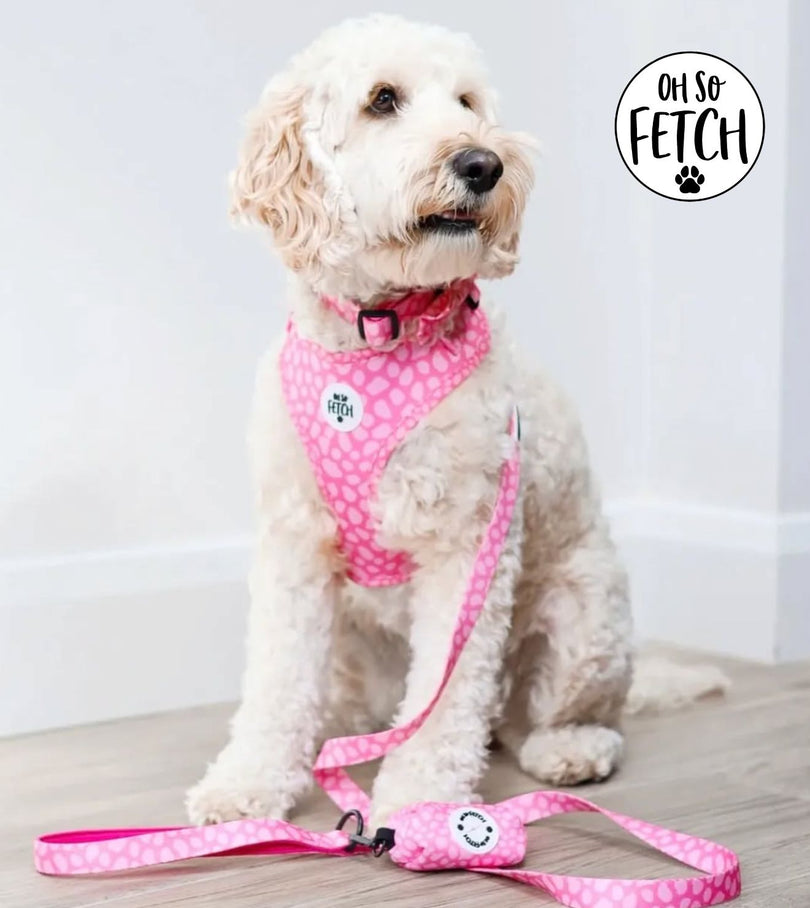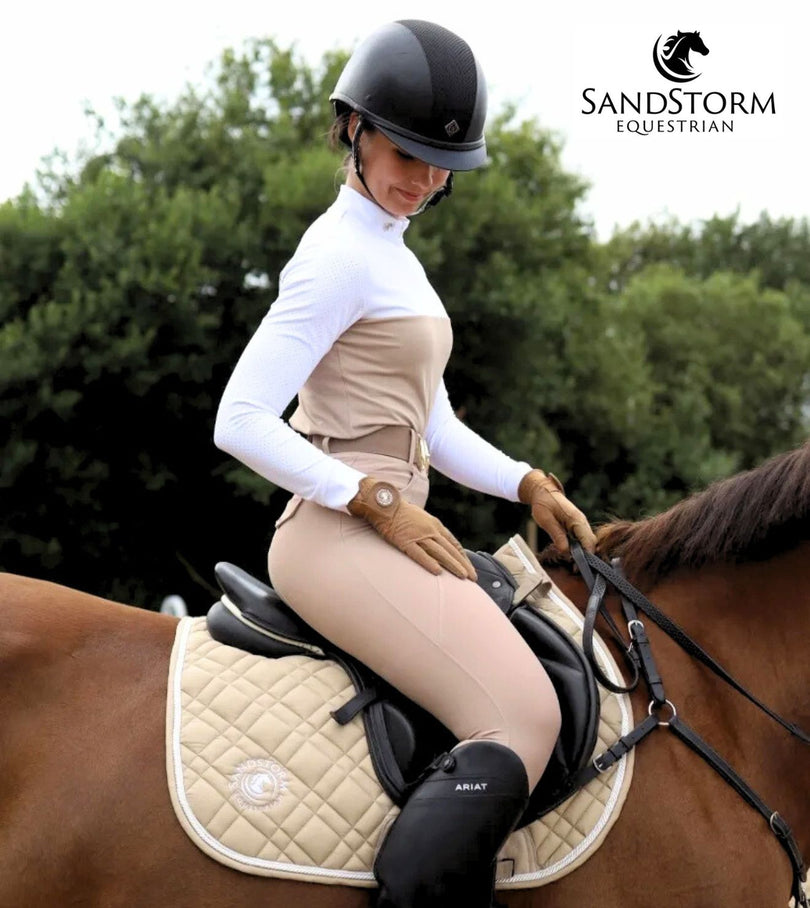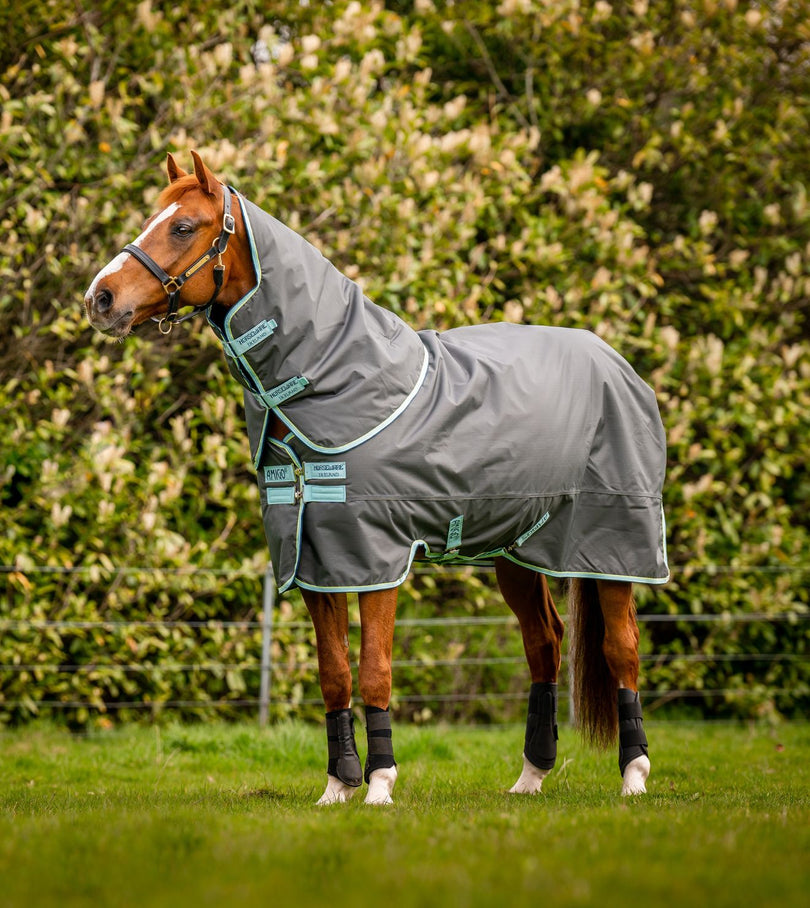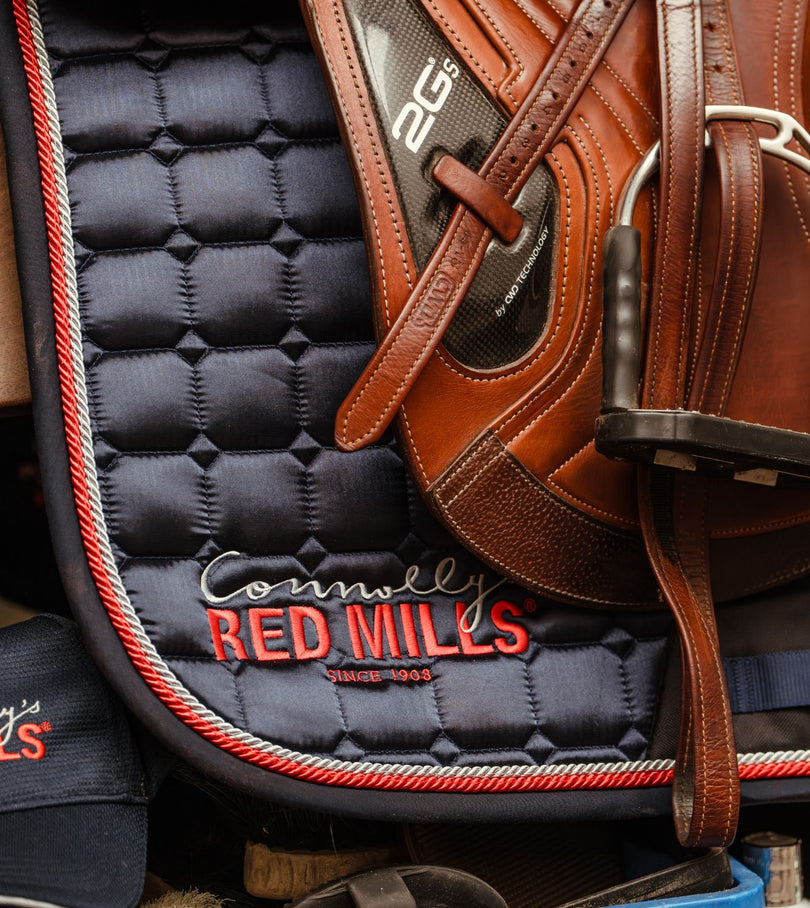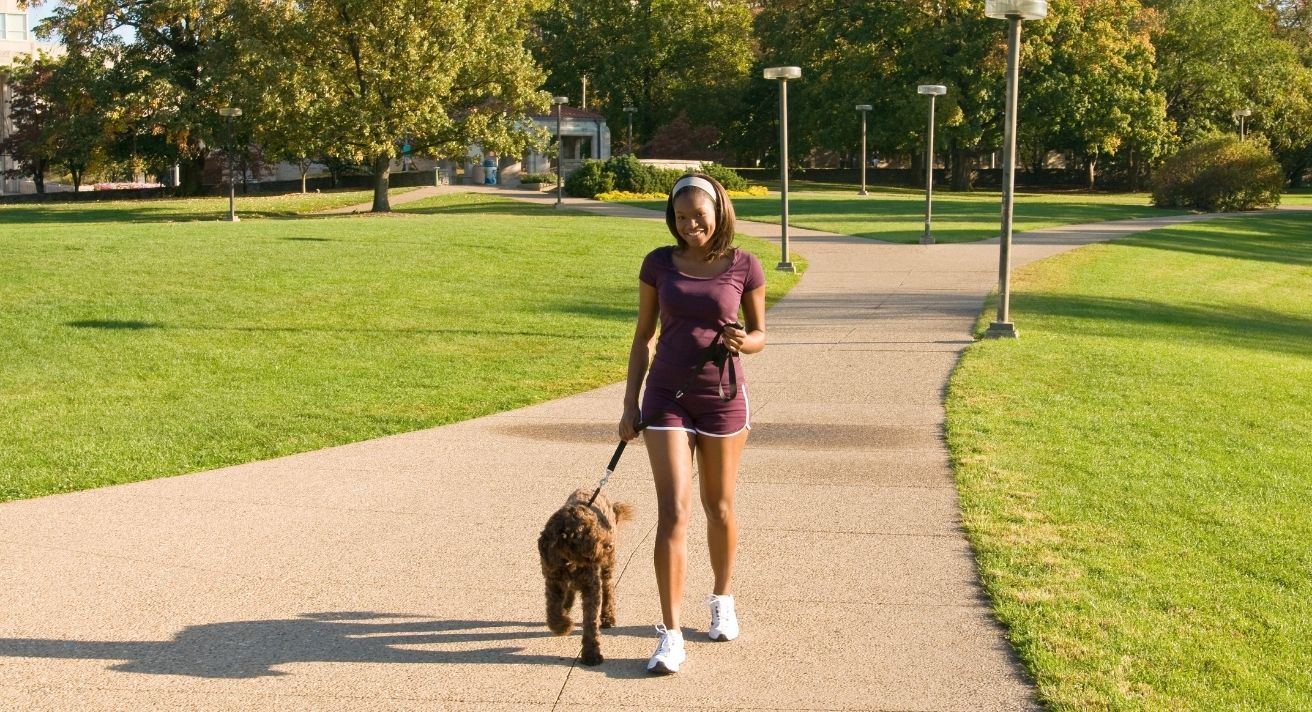Blog by Irene Hislop
Some dog owners will tell you a couple of hours at the local dog park is the absolute best experience for a dog, offering fun, socialisation and great exercise for dogs as well as camaraderie and excellent insight into canine beahaviour for owners. But other dog owners hate these parks. They see them as dangerous and worry about dog fights, disease and irresponsible owners. Who is right? Both.
While dog parks can be a fantastic community asset where people and their pets can gather and enjoy healthy, outdoor fun, they can also be dangerous. It’s down to the specific park, dogs and people. A visit to the local off-lead park won’t cure a reactive dog. It only ensures stress for every dog and person there. Small dogs can be vulnerable to larger ones. And there is no guarantee that another dog there isn’t spreading parasites or viruses.
Pet parents need to know how to assess a dog park – and their own dog – to decide if the potential for healthy fun outweighs the risk of harm for them. The same park might be a brilliant outing for a young Labrador but absolutely traumatic for an older Pug – and it might be that fun-loving Lab who traumatises the Pug. The boisterous dog who really does need to burn off energy can ironically be the dog that ruins the experience for others. If that’s your dog, you can try to find times when your dog will meet other equally exuberant friends while avoiding times popular with small dogs.
What Makes a Good Dog Park?
Before you bring your dog to the off-lead park, visit at the time you are likely to go. Size matters, and bigger is better when it comes to play space for dogs. Could your dog jump over the fencing? Are there any gaps under or in the fence your dog could wiggle through? A single gate entrance makes it easy for a dog to escape. Double gates that automatically close are safest. Ideally, a park should have separate sections for large and small dogs to protect the smaller ones.
Shared water bowls can mean shared viruses and parasites. Best to bring your own. (But avoid bringing toys or treats as they can trigger conflict.) A park that provides poop bags and bins is ideal because sadly some owners won’t be bothered to bring their own.
Watch the other owners on your preview of the park. Are they watching their dogs? Cleaning up? Are their dogs mostly obeying commands?

Before You Go
If your local dog park passes your inspection, make sure your own dog is ready before you go.
- Your dog should be vaccinated, neutered and treated for parasites.
- Train your dog to come on command and practice in busy environments until you are confident that your dog will return. But also, be prepared to run across a muddy field to catch your dog if necessary.
- Practice socialising with one or two dogs in a controlled environment such as your garden.
- Keep your dog’s collar or snugly fitted harness on.
- Take a walk beforehand to take the edge off your dog’s excitement.
Remember, it’s okay to just leave if you are concerned about any of the other dogs there. If your dog doesn’t enjoy the dog park, it’s fine. Not all dogs do. Your fur baby might prefer to play with you at home. Dog parks are not essential to a dog’s well-being, but a good off-lead park can be great fun for some dogs.





